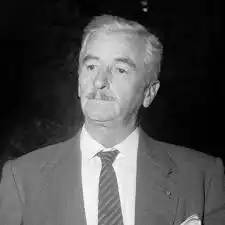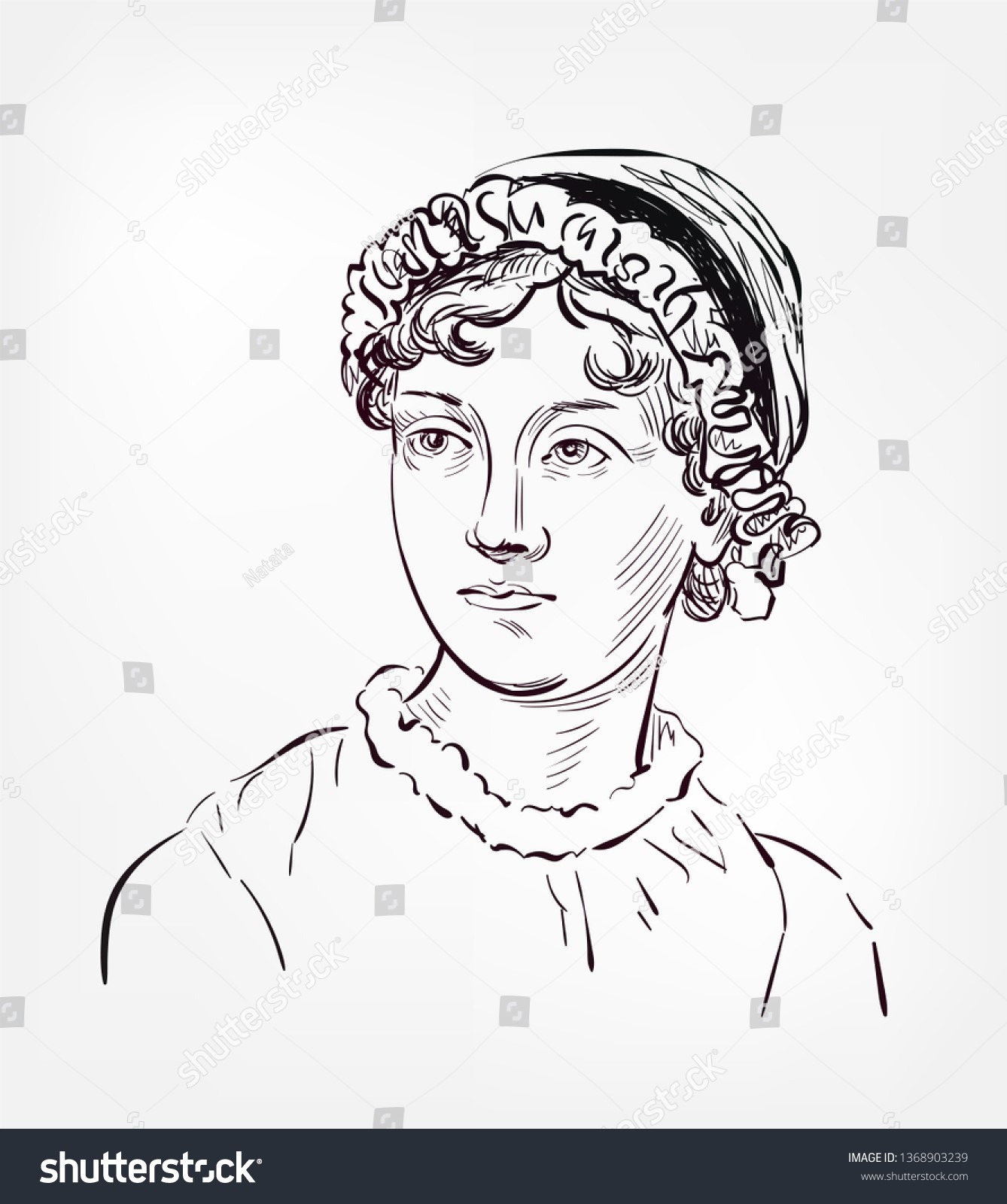Introduction
Kate Chopin, an American novelist, is well admired for her short stories. Besides her two novels, she also wrote over a hundred short stories. Her short stories were enthusiastically received by the audience. She was the third child born into her family. Her elder brothers and sisters all died at young ages. She learned to read and write while she was at home. For as long as she can remember, she has been an avid reader who particularly enjoys works of classic literature, poetry, and fairy tales that contain religious or moral themes.

Biography
Kate Chopin was first educated at home, but she began her official education at Sacred Heart Academy when she was five years old, where she honed her skills in management and making consequential decisions. Her great-grandmother was a private teacher for her after the death of her father; she taught her things like music, French, history, and the basics of living a happy life.
She enrolled in a St. Louis convent and graduated with her class in 1868. Kate and Oscar Chopin wed on June 8, 1870, and shortly after moved to New Orleans. The couple eventually had three children. The family had precious years together before a tragic event irrevocably altered their way of life. In 1879, the family’s financial situation was so dire that they had to migrate to Cloutierville. Her mother’s and Oscar Chopin’s unexpected deaths added to her anguish. Family friend Dr. Frederick Kolbenheyer that she focuses on writing as a means of overcoming her sadness.
Therefore, she started putting in serious effort. As time has passed, her reputation as one of the greatest American authors has grown.
Kate Chopin began her career as a writer when the St. Louis Post-Dispatch published her first essay. In the 1880s, she began to establish herself as a published writer after sending out several articles and short tales to periodicals. One of her finest pieces of feminist fiction, “The Awakening,” was published in 1989. The backlash was so severe, however, that it was outlawed quickly.
Chopin authored almost a hundred short stories, one drama, and three novels within a span of twelve years after beginning to write. Once her husband passed away, she took over the management of their general store and ran it just as efficiently as she had before.
Her health made it difficult for her to write in her later years, but many readers attribute her fall in production to the negative reviews that followed the publication of The Awakening in 1899. On the afternoon of August 22, 1904, she suddenly died of a massive cerebral haemorrhage.
Works and Style
Despite her hardships, Kate Chopin emerged as a formidable literary force. Her writings were groundbreaking in their innovation and literary brilliance, and she pioneered a number of important writing techniques.
Chopin’s first published story was in 1889, and she began work on her first novel, “At Fault,” the same year. Chopin exerted a lot of effort to submit articles to influential editors and develop relationships with them.
“Bayou People” and “A Night in Acadie” are two book collections of her short tales that were released after her pieces were featured in prominent periodicals like “Vogue” and “Atlantic Monthly“.
In 1889, she wrote “A Point at Issue!,” and in 1891, she wrote “A No-Account Creole.” She also wrote “Beyond the Bayou,” a children’s novel, and other works. Five of her works have appeared in magazines including Youth’s Companion and Harper’s Young People.
In 1892, she authored the works “Ripe Figs,” a short story, and “Désirée’s Infant,” a poetry. Eight more of her tales found their way into print as well. In the same year, “At the ‘Cadian Ball” was published for the first time in Two Stories. With the publication of “Madame Célestin’s Divorce” the following year, thirteen of her works were eventually published. Chopin travelled to New York and Boston in search of a publisher for his collections of short tales and novels.
Kate Chopin is currently considered a major American author.
Several authors and critics were profoundly affected by her work. Several individuals, long after her death, saw her as a pioneer of the feminist movement, despite the fact that she was never recognized during her lifetime. Several authors have praised her work because of the ambiguity with which she writes about her own feelings and perspectives.
Kate Chopin’s debut novel, “The Awakening,” may not seem like a good place to start, yet it helped launch her career.
In time, though, her feminist ideas and bold style choices helped her gain a massive following. She shed light on the perspectives of her female characters and mimicked their defiant attitudes in an empowering way. Her works actually strike a perfect mix between comedy, romance, and seriousness.
Conclusion
Kate Chopin’s works, which are distinguished by the combination of symbolism and realism, consistently captivate and draw readers. Morality, Equality and Feminism, are the recurrent themes in the majority of the literature. She frequently used similes, metaphors, and other literary elements to develop a distinctive style.
Frequently Asked Questions
Q1. What did Chopin accomplish most successfully?
Ans. The scherzo, which Chopin rebuilt, the ballade, which he created, and the sonata were all greater forms in which he was successful. One of his best compositions, the B-minor and Sonatas in B-flat minor, which masterfully blend passionate drama and lyrical softness, are the four Ballades.
2. The Awakening is what kind of narrative?
Ans. The Awakening is typically categorized as a bildungsroman by academics. Although bildungsromans frequently depict the maturing of a kid or adolescent character, Edna officially enters the story as an adult.
3. What about Chopin’s life is fascinating?
Ans. He played for intimate assemblages in the salons of affluent Parisians instead of giving many public concerts throughout his lifetime—only around 30 in total. At age six, Chopin began writing and creating poetry, and at age eight, he gave his first concerto performance in front of an audience.


